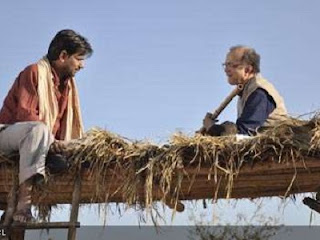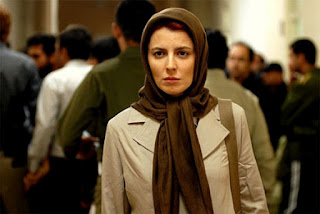In the last couple of years or
so, Marathi cinema has been very vibrant what with several brilliant films hitting the screens. Mind you, Marathi language has
a rich tradition of literature and theatre, but not cinema. Owing to the
Bollywood epicentre, Mumbai, Marathi cinema has had no big audience. However, this
weakness seems to have worked as a strength for Marathi cinema as there is a
parallel movement of sorts emerging in Marathi. The trend began with Shwaas which was India's entry for the
Academy Awards in the Best Foreign Film category in 2004.
Thereafter, Marathi world of
cinema has come up with very impressive films. If the flow continues, it has
all qualities of growing into a school by itself, like the Bengali movement in
the 50s and 60s.
Director Umesh Kulkarni
film clip
Take for example the film Deool - the film that won the national
award this year as the best film. Directed by Umesh Vinayak Kulkarni, this is
an awesome tale of the extent of superstition that exists in the rural
underbelly and how powers that be can use it to their advantage.
The central issue in the film is
a mysterious vision that the protagonist Keshya (Girish Kulkarni) sees of a
certain village god. The fall out of this in the lowly village is that all rise
into a frenzied ecstasy to build a temple for the new found god. The coming of the
temple, though, brings with it evils of its own nature. In the name of the god,
the village prospers and politics grows. Even when the god is stolen, the
powers that be deem it as their mighty responsibility to install a new god,
lest the village be ‘cursed’.
Brilliantly narrated, the film
works both as an irony and satire on the village ethos which struggles making a
compromise between religiosity and economics. The camera work is exceptionally
precise capturing the complexities of the Indian rural. Nana Patekar’s role as
Bhau Galande, and the all natural Sonali Kulkarni as his wife add to the
success of the film.
- Melwyn Pinto SJ



































.jpg)






